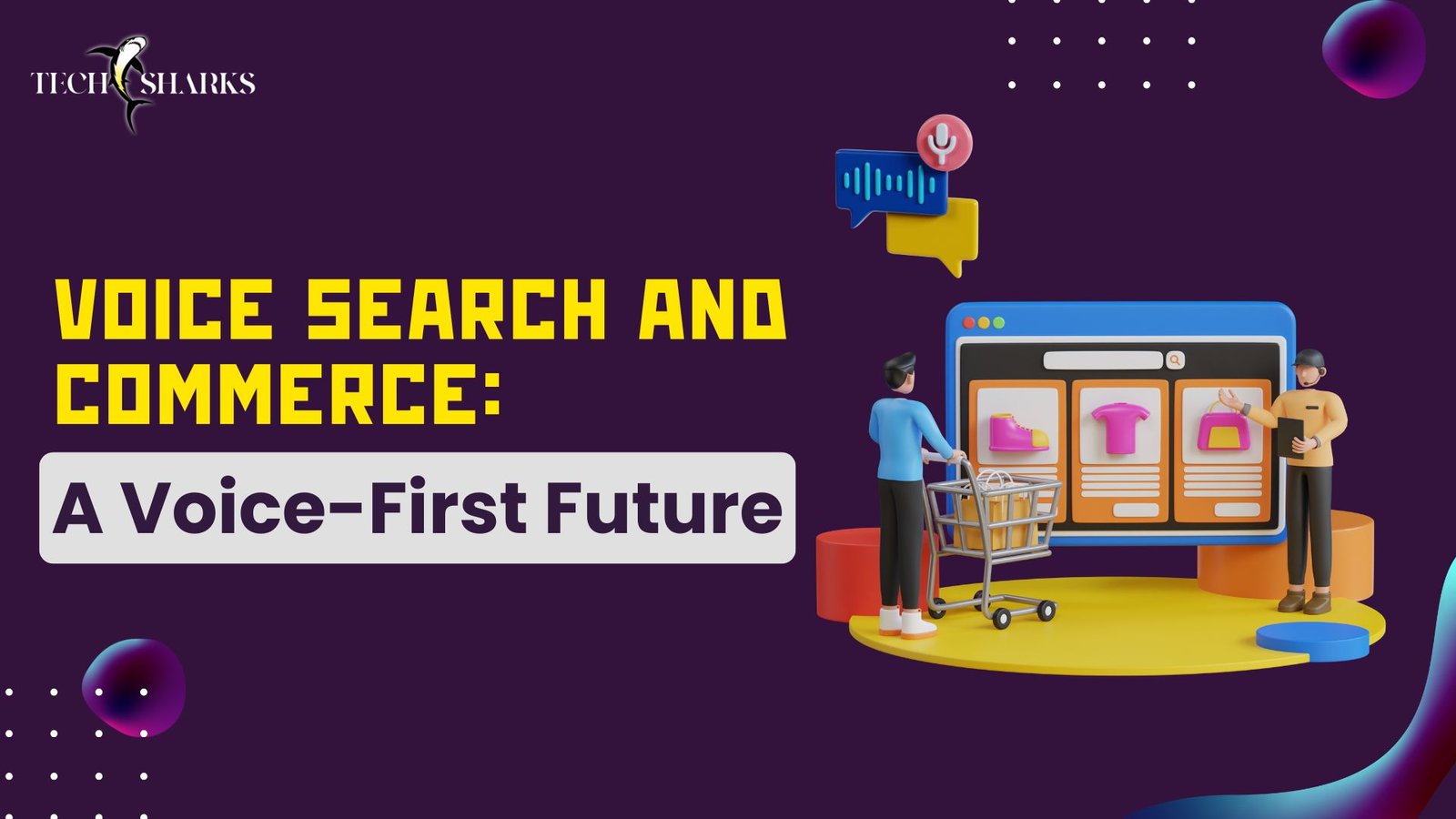In the fast-changing world of digital marketing, brands are facing new challenges with their advertising. With privacy concerns growing, stricter regulations like GDPR in place, and the end of third-party cookies, businesses are being forced to rethink their strategies. First-party data is quickly becoming a valuable asset. As we approach 2025, using this data effectively will be key to creating personalized, privacy-friendly advertising that connects with customers. Let’s explore how first-party data can help brands increase their return on investment (ROI) in advertising.
What Is First-Party Data and Why Does It Matter?

First-party data is the information companies collect directly from their customers through websites, apps, email lists, and other platforms they control. This data includes things like browsing behaviors, preferences, and customer interactions. Unlike third-party data, which is bought from outside sources, first-party data is more reliable and privacy-compliant because it is collected with user consent.
By 2025, first-party data will be essential for any brand wanting to deliver personalized and effective advertising. As third-party cookies are phased out, brands will need to focus on gathering first-party data to continue reaching their target audiences. Plus, first-party data helps build trust with customers, since they know how their data is being used.
How First-Party Data Can Boost Ad Campaigns
Using first-party data in advertising can benefit brands in several important ways:
- Better Targeting: First-party data comes directly from customers, making it more accurate and relevant. This allows brands to create ads that are more personalized, leading to better engagement.
- Higher ROI: When brands have a clear understanding of their audience, their ad spend becomes more efficient. First-party data allows brands to target customers more effectively, leading to better results and a higher return on investment.
- Building Trust: Customers today are more aware of their privacy. When brands collect data transparently, they build trust with their audience. This trust leads to stronger customer relationships and more loyalty.
- Staying Compliant: First-party data is collected with user consent, which helps brands comply with privacy regulations like GDPR. This ensures that brands avoid legal risks and maintain a positive reputation.
Challenges of Transitioning to First-Party Data
While first-party data offers many advantages, making the switch isn’t always easy. Brands may face a few challenges as they transition away from third-party data:
- Data Silos: Many companies have customer data spread across different platforms, such as websites, apps, and social media. Integrating all of this data to get a full view of the customer journey can be tricky without the right tools.
- Limited Data: Some brands, especially smaller ones, may not have large amounts of first-party data. This makes it difficult to create detailed customer profiles for targeted advertising.
- Investing in Technology: To make the most of first-party data, brands need the right tools, such as Customer Data Platforms (CDPs). These platforms help brands organize and analyze customer data, but they require investment and training.
Despite these challenges, investing in first-party data now will give brands a big advantage as privacy regulations continue to tighten. Those that embrace this shift will be better positioned for success in the future.
Techsharks: A Leader in First-Party Data Solutions
Techsharks (techsharks.in) is a digital marketing company that specializes in using first-party data to help brands create more effective ad campaigns. By leveraging advanced AI-driven analytics and Customer Data Platforms, Techsharks helps businesses gather and analyze customer insights from their own platforms, like websites and apps.
Techsharks is known for turning raw data into actionable insights. By helping brands segment their audiences and predict customer behavior, they enable more personalized and timely ad placements. Techsharks’ clients have seen significant improvements in engagement and ROI, proving that first-party data can transform advertising strategies.
The Future of First-Party Data in 2025
As we move toward 2025, several trends are shaping the future of digital advertising and first-party data:
- More Investment in CDPs: Customer Data Platforms (CDPs) will become essential as brands collect more first-party data. These platforms help companies manage their data and gain a unified view of the customer, making personalized marketing easier.
- AI for Predictive Insights: Artificial intelligence and machine learning will allow brands to use first-party data to predict customer behavior. This will help marketers serve relevant ads in real-time, improving conversions and engagement.
- Privacy-First Advertising: As consumers become more aware of how their data is used, they’ll expect brands to be transparent. Brands that prioritize privacy and allow customers to control their data will build stronger relationships and earn customer loyalty.
- Cross-Channel Personalization: With first-party data, brands can create seamless, personalized experiences across all platforms, from websites to mobile apps. Consistent messaging will help increase brand recognition and engagement.
Conclusion: First-Party Data is Key to the Future of Advertising
As we approach 2025, it’s clear that first-party data will be the foundation for successful advertising campaigns. Brands that invest in collecting and using this data will be able to create personalized, relevant ads that drive engagement and deliver higher ROI.
Companies like Techsharks are proving that first-party data can revolutionize ad targeting and boost business growth. In the future, brands that embrace first-party data will not only comply with privacy regulations but also outperform their competitors by delivering meaningful, personalized customer experiences.
In a world where privacy matters more than ever, mastering first-party data is no longer optional—it’s the key to thriving in the future of digital advertising.




